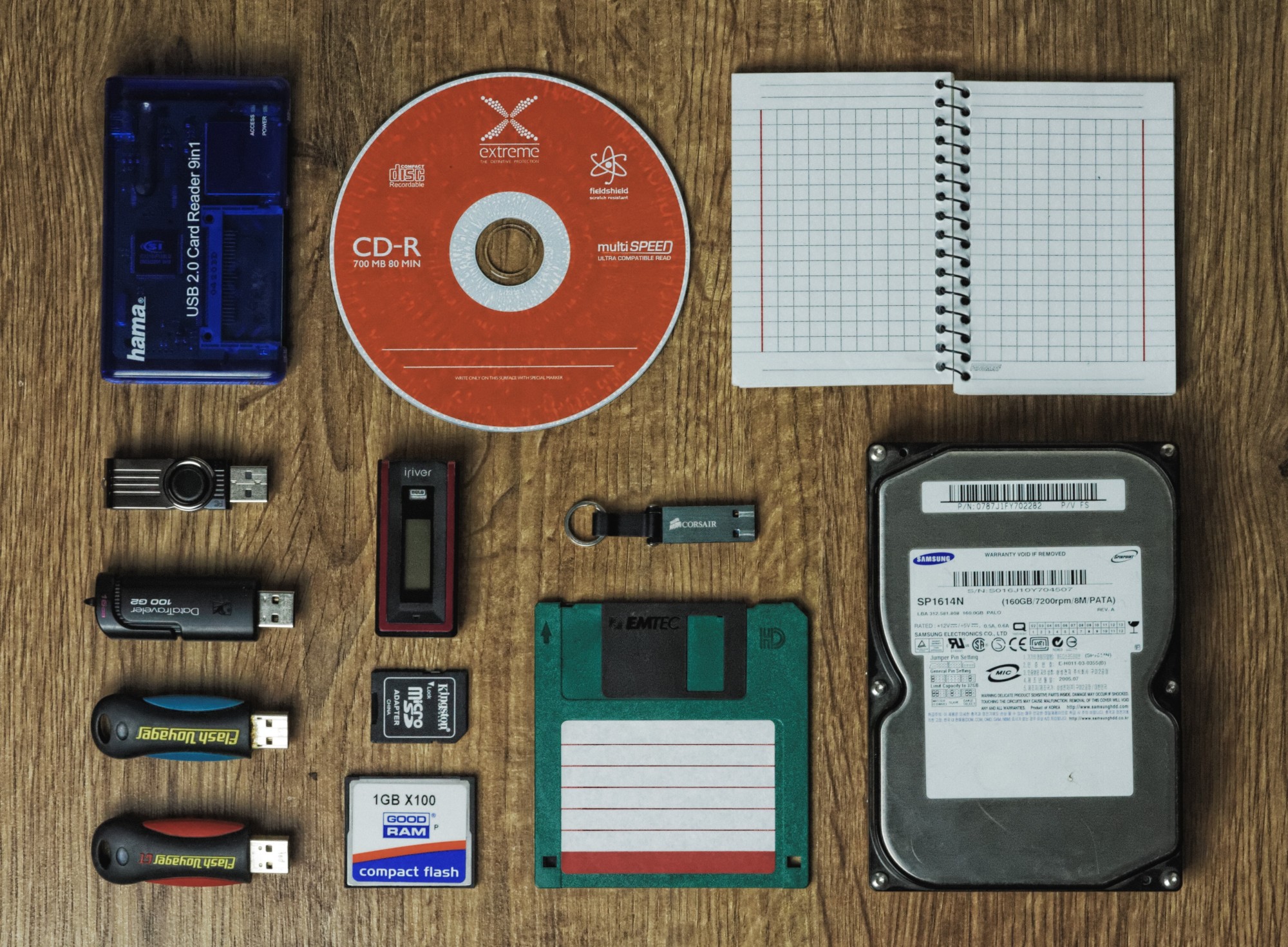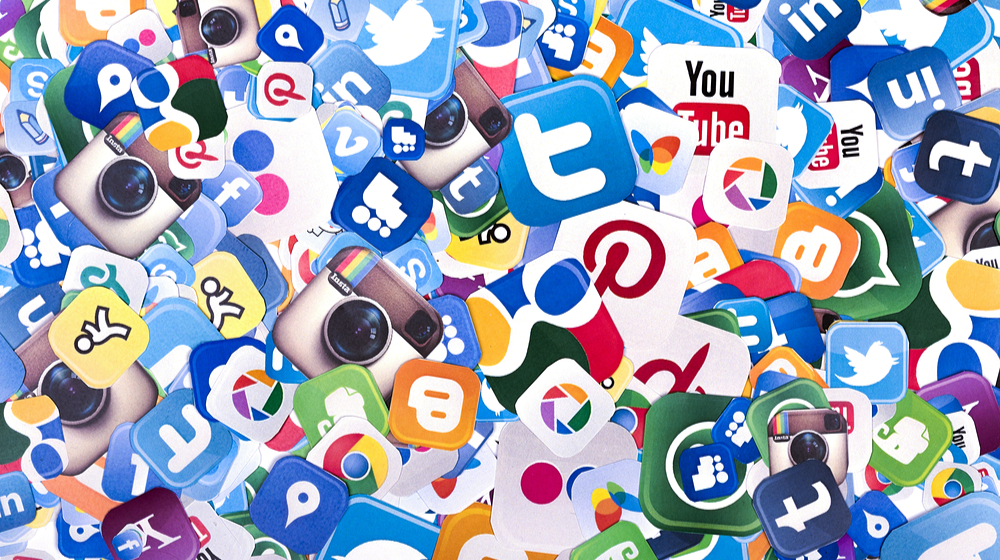As a result of the continual integration of new technologies in the workplace, workplaces need to encourage their workers to continually work on increasing their digital literacy. So that their employees will be able to use the new technologies that are required as part of their everyday jobs. Especially as in a new survey, 90% of the respondents claimed that they believed that their jobs would become more digitally demanding in five years’ time.

Provide in house training:
At the moment only a small percentage of businesses offer in-house training programs for their employees. As they don’t want to financially commit to providing digital training courses for their employees. However, what businesses don’t realize is how much money they will save in the long run, if their employees are able to handle more tech tasks and they don’t have to employ as many tech experts or to rely on outside companies to handle tech-related tasks for them. For this reason, workplaces should offer in house training for their staff members.
Weekly digital training programs:
When asked about how they would like to upskill, a lot of survey respondents were interested in having weekly training sessions. That would help them retain the new knowledge which they would pick up. As most survey respondents were worried if they just only received training through short workshops, they would soon forget the new knowledge which they had picked up.
Mentoring programs:
The results of the survey also showed that employees are interested in being mentored by individuals who have the digital skills which they need to acquire for their jobs. For example, marketers may benefit from learning basic coding from a business’ IT staff, so they can update their businesses’ websites themselves from time to time. Or a manager who has experience creating professional digital presentations may want to teach their staff members how to create efficient, effective presentations.
This will increase their staff members’ confidence in giving important presentations and should drastically decrease the amount of time that their team members will need to spend creating their presentations. As they’ll no longer have to waste time trying to figure out the ins and outs of creating a professional digital presentation.
E-learning platforms:
One cost-effective way for businesses to teach a large number of employees valuable digital skills is to pay for access to highly reputable e-learning platforms. This is a particularly smart idea if you don’t necessarily have individuals in your company who have the right skill sets or the free time to train other employees. One of the benefits of opting for e-learning platforms to teach your staff digital skills is that your staff members will be able to log onto their programs as often as they’d like, in order to cement the knowledge which they pick up.
So if you realize how important your employees’ digital literacy is in the future, it’s a great idea to use e-learning platforms, mentoring programs, and weekly training sessions, in order to effectively increase your staff member’s digital literacy.




 Are you looking to replace your phone?
Are you looking to replace your phone?





